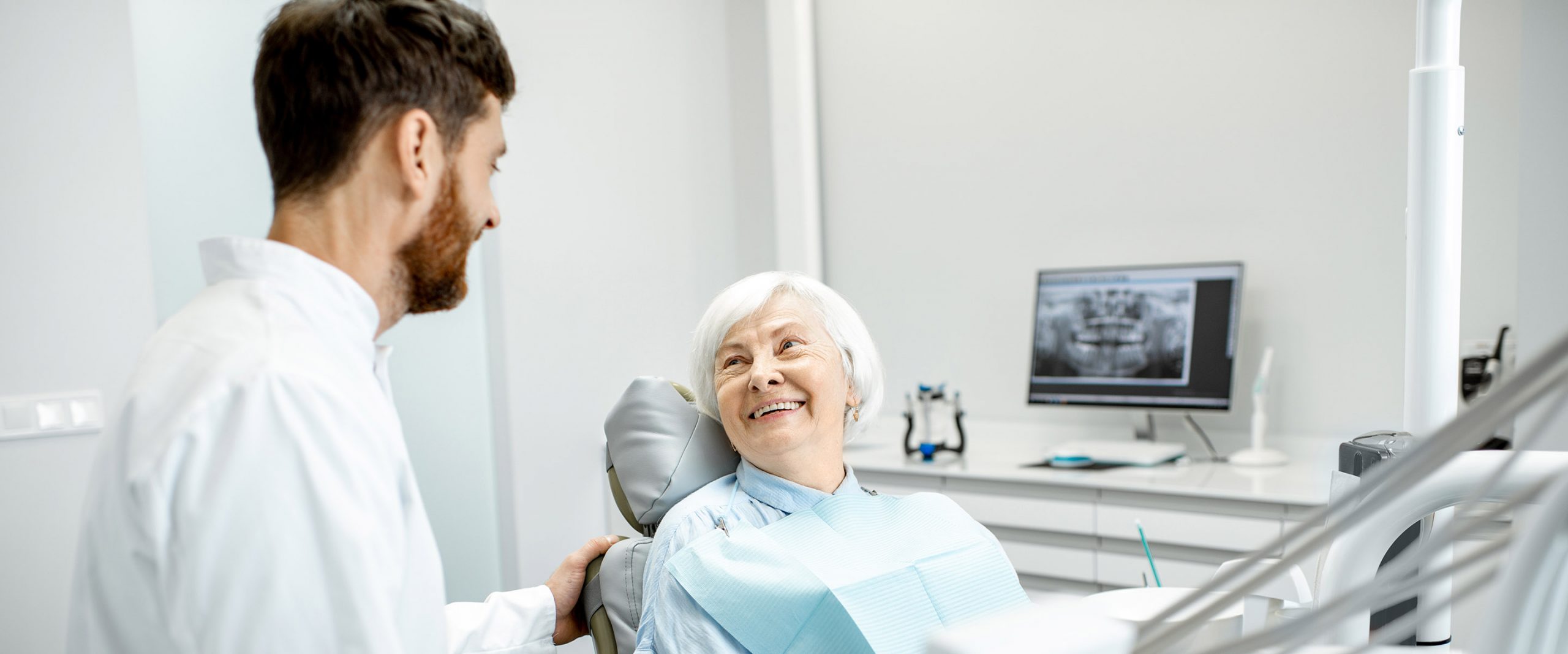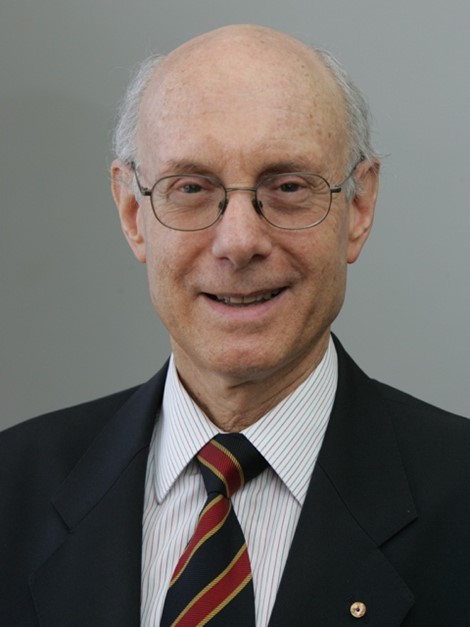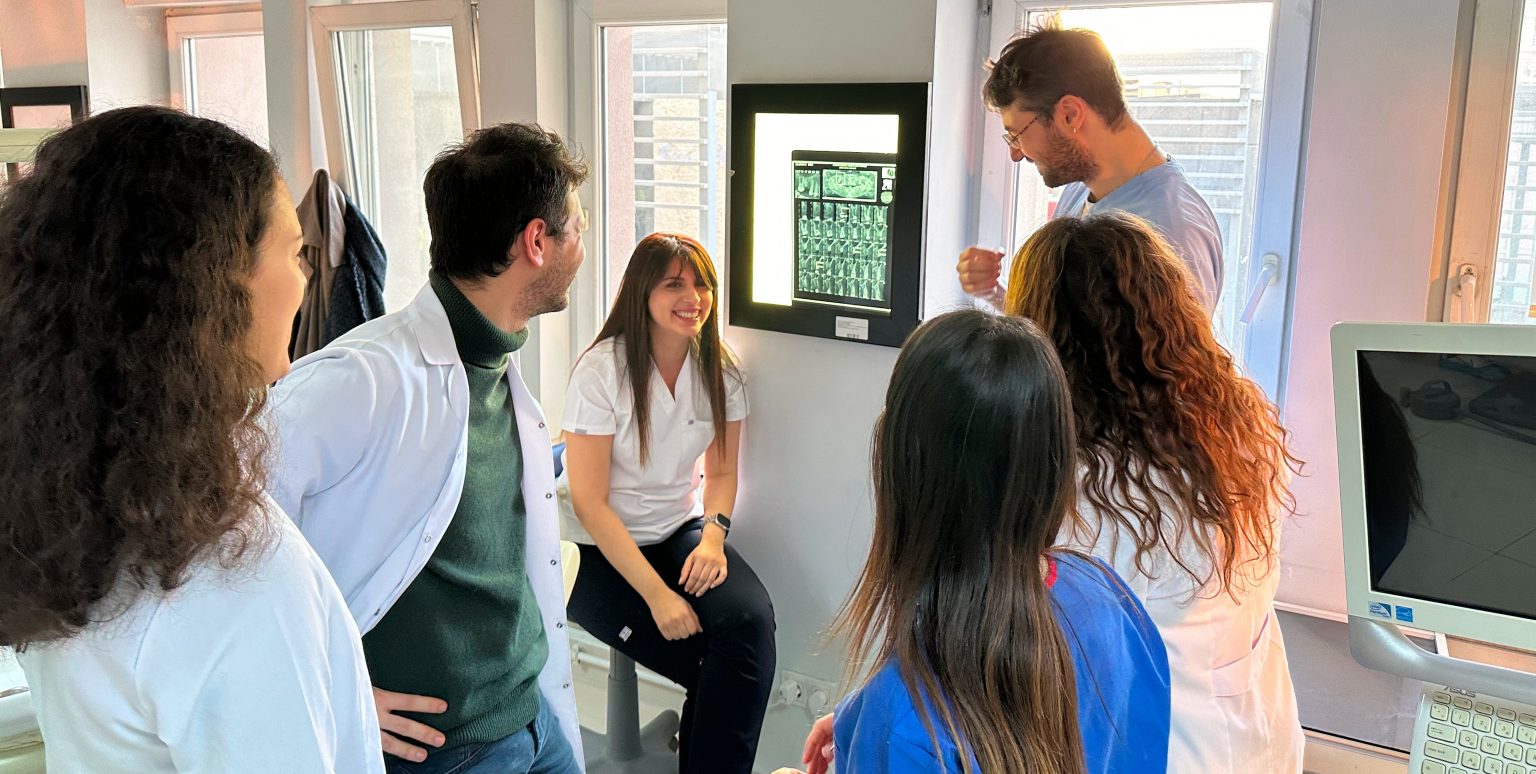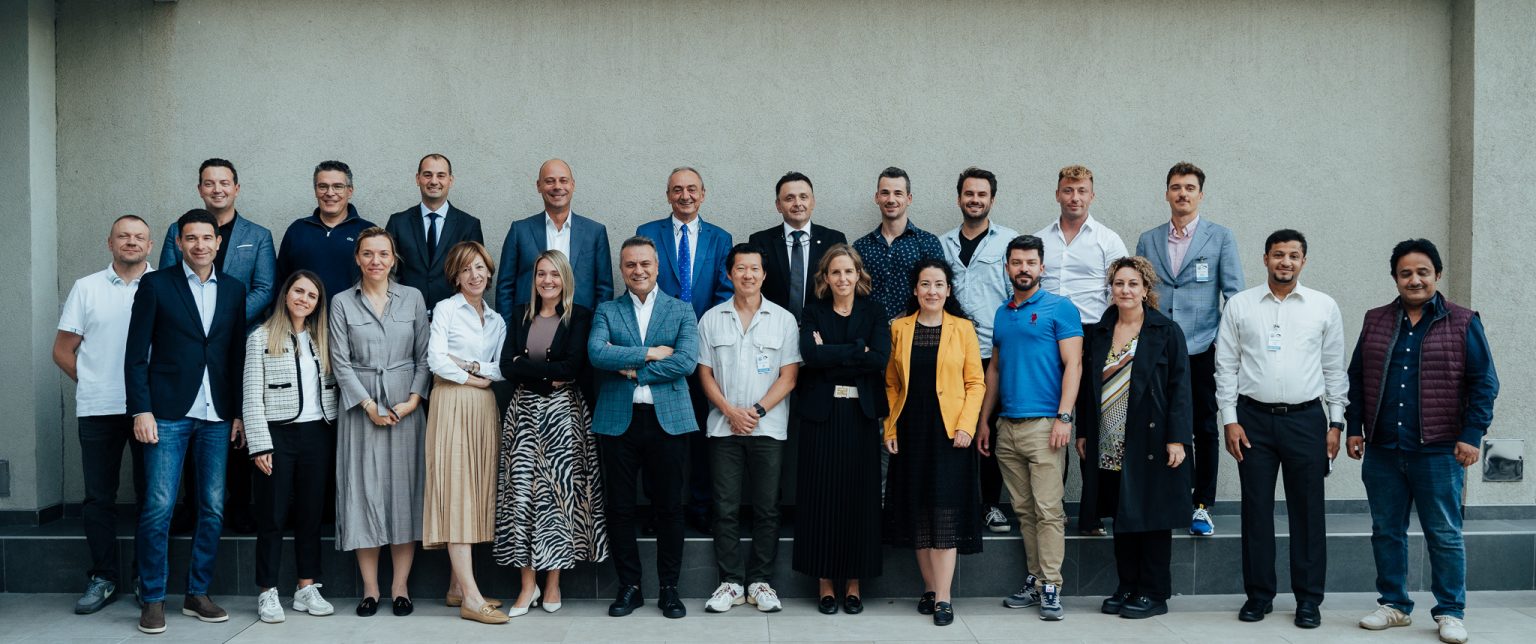Some thoughts on masticatory function, oral-health-related quality of life and neurocognitive function perspectives.
Background
Oral health is an integral element of general health. Oral disease, despite its high prevalence, is often neglected and rarely seen as a priority in health policy (Peres et al. 2019). Tooth loss, as one of the most common oral diseases, not only impairs oral function, such as chewing, swallowing, speaking and smiling, that is closely associated with quality of life, but also has a profound impact on the psychological, emotional and social state. The prevalence of edentulism in adults aged over 50 is 14% worldwide (Tyrovolas et al. 2016). Regardless of the decreasing prevalence of complete edentulism, the number of older people in the population is increasing. Treating edentulism is still a challenge for dentists all over the world.
At the same time, tooth loss results in the loss of periodontium. Some studies have indicated that tooth loss is a contributing factor to cognitive impairment due to the absence of somatosensory input from the periodontal mechanoreceptors (Oh et al. 2018; Weijenberg et al. 2019). It should be noted that cognitive impairment is extremely difficult to cure once diagnosed, and its treatment is mainly limited to symptom-driven alleviation. Fortunately, cognitive decline might be partially reversible when masticatory function is restored. It is therefore essential to target the contributing factors that aggravate cognitive decline and disease progression (Beydoun et al. 2014). In this case, prevention of tooth loss and restoring missing teeth might have more profound benefits than simply rehabilitating oral function.
As a classic treatment modality, complete dentures are often related to lower patient satisfaction, poorer compliance, less comfort, reduced function and lower self-confidence. The two-implant-retained overdenture is considered to be more successful both biologically and mechanically and is recommended by some dental professionals as the standard treatment for mandibular edentulism (Feine et al. 2002; Assuncao et al. 2010). In recent decades, the wide application of dental implants has witnessed an exponential increase in implant-supported fixed dental prosthesis (FDP) in treating edentulous patients. The use of more implants and the nature of fixed restorations give the intuition that this modality would excel among all treatments in terms of masticatory efficiency and patient satisfaction. These are the most common reasons when a dentist recommends an implant-supported FDP to a patient. However, the initial cost of an implant-supported fixed restoration is huge and dentists also often underestimate potential complications and their associated maintenance cost (Bagegni et al. 2019).
Our pilot research at the University of Sydney compares the treatment outcomes of an implant-retained overdenture and implant-supported FDP within the same individual, and focuses uniquely on the cognitive ability and neurocognitive activity of patients following treatment.
Research Protocol
Six edentulous patients (4 females and 2 males, average age: 68 years) were included in this study. Each of them received two treatments (A and B) in the following sequence:
Four implants were placed in the mandible, with the anterior two implants activated first. After the assessment, the posterior two implants were exposed and activated. The mandibular implant-retained overdenture was then converted to an implant-supported FDP. A series of assessments were carried out 1 week after treatment A and B as immediate outcomes of each treatment, and 6 weeks after treatment B and C as short-term outcomes of each treatment.

Validated questionnaires were used to investigate the cognitive performance on cognitive inhibition response and working memory. Cortical activity was evaluated by functional magnetic resonance imaging (fMRI) acquisitions with specific motor (jaw-clenching task) and cognitive (go/no-go and working memory) functional tasks. Masticatory function was assessed by using a colour-changing chewing gum that changes from green to red as chewing progresses. Patient-perceived satisfaction was assessed using the 16-item United Kingdom Oral Health-related Quality of Life Measure questionnaire.
Findings
Masticatory function
In general, it was found when patients wearing the implant-supported FDP, they presented with better chewing efficiency than when they wearing implant-retained overdenture. However, the difference was not obvious for Patient 1 (dark blue line ), 3 (orange line) and 6 (green line).

Oral health-related quality of life
All but one patient (patient No.2) showed a trend towards improved results from T1 to T4 in patient-perceived satisfaction, indicating better patient-perceived treatment outcome when using implant-supported FDP than implant-retained FDP.

Cognitive assessment
Two cognitive questionnaires were used to assess cognitive inhibition response and working memory. In terms of inhibition response, only 2 patients showed an improvement when comparing the results at T2 (6 weeks post-op of implant-retained overdenture) and T4 (6 weeks post 4-implant-supported FDP). For the working memory test, 4 participants demonstrated an improvement from T2 to T4.
Cortical activity
For the motor task and go/no-go (inhibition) tasks, the total activation of the selected cortical area showed a similar pattern: activation increased at T2 (6 weeks post 2-implant-retained overdenture), but decreased at T3 (immediate post-op of 4-implant-supported FDP) to a level similar to that at T1 (immediate post-op of 2-implant-retained overdenture), and then increased at T4 (6 weeks post 4-implant-supported FDP) to a level slightly higher than T3 or T1. For the working memory task, there were greater varieties in the activation level.

Discussion
This study directly compared the treatment outcomes of an implant-retained overdenture and implant-supported FDP within the same individual. Assessments were carried out immediately post-op and 6 weeks post-op. It is noteworthy that this study also provides a distinctive insight into the cognitive changes and neurocognitive activity after these two treatments. In summary, we found that patient with implant-supported FDP presenting slightly better masticatory function and patient-perceived quality of life than wearing implant-retained overdenture. However, no obvious pattern or difference in cognitive function or cortical activity when comparing the two prostheses.
It is not surprising to find social media today is flooded with photos of “all-on-X” implant treatment. “More implants” and “fixed restoration” give an intuitive perception that implant-supported FDP would be a better treatment option for edentulous patients. Indeed, more implants would provide better support. When compared to the implant-retained overdenture, the implant-supported FDP requires less restorative space, no flange, and no palatal coverage, which would improve the patient’s comfort. However, the treatment is more complex both surgically and prosthetically. Mechanical complications (such as chipping, fracture, screw loosening) and biological complications (such as peri-implant mucositis and peri-implantitis) are almost inevitable and expensive to manage.
In addition, we should never underestimate the psychosocial aspects of health. Patient-perceived oral health is important in evaluating wellbeing and determining healthcare outcomes (Heydecke et al. 2003; Emami et al. 2013). Yao et al. (2018) investigated the patient-reported outcome measures of edentulous patients restored with implant-supported removable and fixed prostheses. They found that more than half of the studies showed no difference in overall satisfaction between the two treatment options. And patients thought it was much easier to maintain the hygiene of the implant-retained overdenture. Our results are consistent with this study. Although there is a trend that the implant-supported FDP provides better masticatory function and results in better patient-perceived quality of life, the difference was not that clearly defined. In fact, some patients showed better results with the implant-retained overdenture.
Prosthodontic treatments, like full-mouth rehabilitation with implants, not only alter the masticatory function, but also change the somatosensory input from the oral environment drastically. This may lead to an alteration in activation of the sensorimotor area that determines adaption or maladaptation to the new prosthesis (Avivi-Arber 2015). Previous studies have found an increase in brain activity with the prosthetic rehabilitation, which might be attributed to the improvement in retention, stability, muscular function, and masticatory efficiency as well as the osseo-perception provided by the implants (Yan et al. 2008; Banu et al. 2016). Our study has found a more complicated brain activation pattern. The total activation between the two prostheses at T2 and T4 were quite similar in most patients. This might indicate that the masticatory efficiency provided by the implant-retained overdenture was as efficient as implant-supported FDP, which could also be supported by the outcome of the gum-chewing test. Although implant-supported FDP with more implants gave the intuition that it might have greater potential in restoring cognitive impairment, the variation in the cognitive assessment results did not support this assumption.
There are several limitations to this study. The small sample size restricted any quantitative analysis and only descriptive results were provided. Confounding factors such as age, gender, education level, general health etc., were not controlled. Furthermore, functional MRI is based on the detection of a weak signal in the presence of a large noise (Iida et al. 2014). Variations in cortical activity may be based on parameters that were not controlled, thus, cautious interpretation is required. A larger sample size may increase the reproducibility of the fMRI analysis. The results should also be assessed in the long term.
Clinical Implications
No treatment is superior to another until the patient’s need is properly addressed. The current trend to generalization of the treatment for edentulism with implant-supported fixed dental prostheses is concerning, and the patient’s specific need is often neglected. When treating edentulous patients, both the implant-retained overdenture and implant-supported fixed prosthesis are good options. Our study has suggested that the level of patient-perceived satisfaction, masticatory efficiency, cognitive ability and neurocognitive activity after the two treatment modalities are comparable, at least in the short-term. Treatment decision should be customized based on the patient’s need, and focus on patient-orientated objectives and outcomes.
Discover related content on the ITI Academy:











